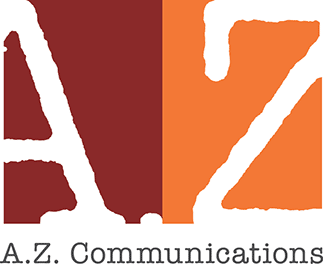Most of us have grown highly selective about who and what we subscribe to, online and in print, and harder to impress because of the sheer volume of communication we receive. Consider how many email lists you have “unsubscribed” from in the past month, and how many invitations you have received to join another network, connect with another acquaintance or follow someone new. Keeping up with all the messages coming at you all day, every day and from every direction can be exhausting. So in order to catch the attention of your clients and prospective clients amid the hoards of information coming at them, you need to deliver stronger messages that are more well-defined, polished and hard hitting than ever before. This means developing a communication and content strategy with strong messages that build your credibility, and placing them in the right mediums.
Here’s how to do it effectively.
Define your key messages. Key messages are the defining points about your business that you want to make sure you convey in every communication –verbal and written. Developing key messages starts with answering a few basic questions. What do you want your clients to know about you and your business? Who are your ideal clients? What problems do they have that you can solve for them? What’s important to you? To them? Revealing aspects of your personality and experiences that make you passionate about what you do and shape how you do it can attract likeminded clients to you. Revisit your website and all your materials, make sure your messages are clearly articulated and scattered throughout. Make sure that you and your staff are all trained in effectively communicating your key messages in all your communications.
Plan placement and materials for your messages. Where are you clients and prospective clients and what do they read? What are their communication styles? Are they using social media? Make a list of all their sources of information – internal and external – and determine how you can contribute to them and make your presence known. For example, are there opportunities to write articles for publications your clients read? Opportunities to act as a source of information for those publications’ writers? Speaking opportunities? Communication and placement of your key messages is key so you’ll need to think carefully about how and where your voice will be heard.
Build content ideas. Beyond your basic marketing materials that explain your business, the crux of your content should be centered on providing timely information. What’s important for your clients to know? What’s going on in the industry that affects them? If you had time to call each of your clients to talk about something relevant to business each week, what would it be? Are you doing some important philanthropic work your clients or prospective clients might want to know about or participate in with you? If your content focuses on things you would talk to your clients about if you were to pick up the phone to check in, and not on selling them something, then you’re on the right path.
Use social media as a pointing device. Using social media for the sake of using social media is counterproductive if it’s more annoying than attractive to the very people you are trying to reach. Social media venues can be used as pointing devices to the communication pieces you produce, as well as things you think are important for your target audiences to read, such as articles, blog entries, newsletter communications, white papers, etc. If you write a regular newsletter, commentary other timely or at least regularly updated piece, posting those pieces to your LinkedIn, Twitter and Facebook pages will bring more eyeballs to them. The key to this strategy however is use of the word “timely” as pointing to static or obvious promotional material will do little more than help you lose credibility quickly.
Commit. Rather than looking at a communications strategy as something you just don’t have time for, or something to dread and do “later,” commit to it. Commit to doing it so that it counts. Get professional help if you need it. But commit to communicating what’s important to you and your business and important for your prospective clients to know. Because surely you have things to say, stories and ideas worth talking about. You communication strategy helps make sure that what you have to say is perceived as you want it to be, and that it reaches the right audiences.
